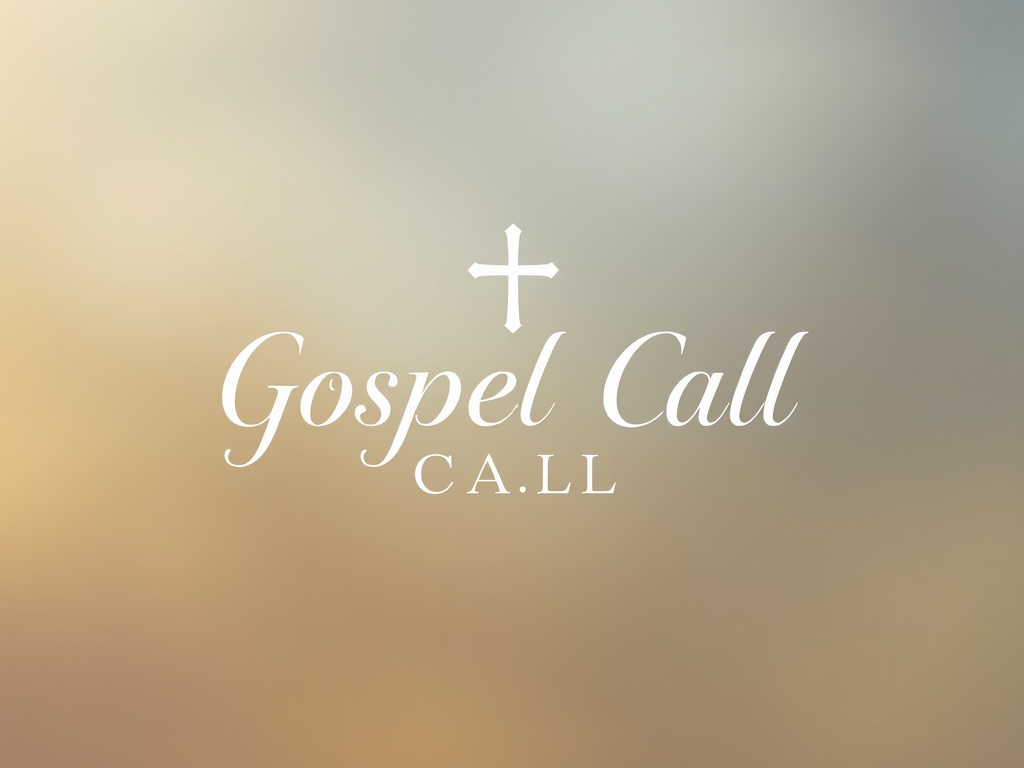Beloved, pause for a moment. Lay aside the distractions of life, the burdens of work, and the noise of the world. Open your heart and fix your gaze upon the sacred testimony of John in the Book of Revelation. What John saw is not the figment of imagination; it is the divine unveiling of God’s eternal program. They are realities that must surely come to pass. And if they must come to pass, then every soul must ask in trembling honesty: Am I standing tall in faith with Christ, or am I unknowingly preparing myself for the lake of fire?
This is not a light matter. John was not writing to entertain, but to warn, comfort, and prepare the saints. The visions he received were the ultimate unveiling—God pulling back the curtain so His children may see what awaits the faithful and the unfaithful alike.
- John Saw the Risen Christ (Revelation 1:12–18)
At the very outset, John beheld a majestic vision: Christ walking in the midst of His churches, clothed in glory, His eyes like fire, His voice like many waters. This was no longer the lowly Jesus of Nazareth mocked on the cross. This was the risen Lord—the Alpha and the Omega, alive forevermore.
Background & Context: John wrote to persecuted churches. They needed assurance that Christ was alive and in control.
Application: We too must examine ourselves. Is our faith resting in a Christ of history alone, or in the risen Lord who is present and active in His Church today?
Rhetoric: If Christ walks among the churches, is He pleased with your walk, your devotion, your love?
- John Saw the Messages to the Churches (Revelation 2–3)
John faithfully recorded Christ’s direct words to seven churches in Asia. Some were commended for faithfulness, others rebuked for compromise, and still others warned of judgment.
Background & Context: These churches were real congregations, but symbolically they represent all churches through history.
Application: Christ’s eyes still search every believer. He knows our works, our love, our lukewarmness, and our hidden sins.
Rhetoric: If Jesus were to write a letter to your life today, what would it contain—commendation, rebuke, or warning?
- John Saw the Throne in Heaven (Revelation 4–5)
John was caught up to behold heaven’s throne. He saw worship surrounding the Almighty, and the Lamb who alone was worthy to open the scroll of destiny.
Background & Context: This vision reminded suffering believers that history is not chaotic. God is on the throne, and Christ alone is Lord of history.
Application: Self-examination here asks: Who truly sits on the throne of my heart—Christ or my desires?
Rhetoric: If heaven is filled with unceasing worship, why is your heart slow to worship even in time, let alone in eternity?
- John Saw the Judgments of God (Revelation 6–16)
Seals, trumpets, and bowls of wrath unfolded before John’s eyes. He saw famine, wars, earthquakes, plagues, and divine wrath poured upon a rebellious world.
Background & Context: These judgments represent God’s holy justice against sin, progressively intensifying until the final wrath.
Application: Judgment is not distant myth—it is divine certainty. The world may scoff, but God will not be mocked.
Rhetoric: Are you clinging to sin, thinking you can escape judgment? If the Lamb’s wrath terrifies creation, how will you stand without His mercy?
- John Saw the Rise of the Beast and the Fall of Babylon (Revelation 13; 17–18)
John saw a world system empowered by Satan, a beast demanding worship, and Babylon—the symbol of worldly power—falling in fiery judgment.
Background & Context: The beast represents anti-Christ systems; Babylon, the seductive power of godless civilization.
Application: Every believer must discern whether they are being lured by the glitter of Babylon or sealed with the mark of Christ.
Rhetoric: Where is your allegiance? With the passing glory of this world, or with the eternal kingdom of God?
- John Saw the Final Triumph of Christ (Revelation 19–20)
The heavens opened, and John saw Christ return as a conquering King, riding on a white horse, executing judgment, binding Satan, and establishing His reign. Then came the Great White Throne, where the dead were judged according to their works, and those not found in the Book of Life were cast into the lake of fire.
Background & Context: This is the climax of history—Christ triumphant, evil judged, eternity determined.
Application: One truth emerges with finality—your name must be in the Book of Life.
Rhetoric: If today were the day of judgment, would your name be found there?
- John Saw the New Heaven and New Earth (Revelation 21–22)
John’s visions end not in despair but in dazzling hope: the Holy City, New Jerusalem, descending from heaven. God dwelling with His people, wiping away tears, abolishing death, and making all things new.
Background & Context: This is the eternal inheritance of the saints. The curse reversed, Eden restored, and fellowship with God eternal.
Application: This is the hope that sustains believers in suffering and trials—the certainty of eternal glory.
Rhetoric: Are you living today with eyes set on eternity, or has your heart grown dull to the promise of heaven?
A Solemn Call
Dear reader, what John saw was not a dream. It was a divine unveiling of ultimate reality. The risen Christ, the judgment of God, the fall of Babylon, the Great White Throne, and the New Jerusalem—they will come to pass.
You are alive today; you have time to examine yourself. You have time to repent, to believe the Gospel, to cling to the Lamb who takes away the sin of the world. But beyond the grave, there is no second chance.
Believe the Bible now, while breath is in your nostrils. Stand in faith with Christ, lest you fall into the lake of fire. The visions of John are a mirror—look, examine, repent, and believe—for eternity is closer than you think.
